Popular Science (Poland)
„Quasiparticles”, lecture in a secondary school V LO Poniatowskiego, Warsaw (J. Szczytko) 27.04.2023
„The silicon era – why are semiconductors so necessary today?” – LO nr 161 im. W. Bartoszewskiego, Warsaw, Poland (J. Szczytko) 25.04.2023
„The silicon era – why are semiconductors so necessary today?” – Małachowianka, Płock, Poland (J. Szczytko) 29.03.2023
„Quantum mechanics – how does it work and what does it mean?”, Amfiteatr Radom, Poland (J. Szczytko) 6.03.2023
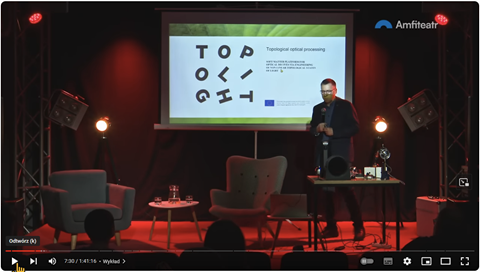
„Why does the LED light up and how does the computer work?” – Polish Physical Society for Schools, Warsaw, Poland (J. Szczytko) 3.06.2023
Scientists from the Faculty of Physics at the University of Warsaw and the Polish Academy of Sciences used photons to create a spiking neuron, i.e. the basic element of the future photonic neural network processor. The so-called neuromorphic devices, i.e. systems that imitate the behaviour of the biological brain, which researchers are working on, are the future of artificial intelligence, as they allow for much faster and more effective information processing. We can read about the results of their work in the latest “Laser and Photonics Review”. https://www.eurekalert.org/news-releases/968877
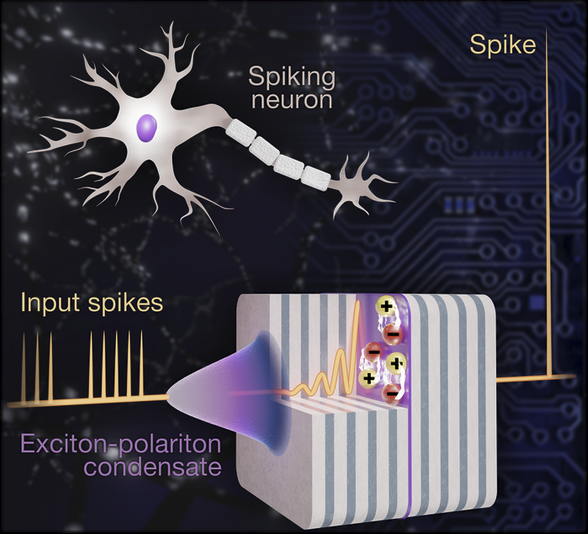
Krzysztof Tyszka, Magdalena Furman, Rafał Mirek, Mateusz Król, Andrzej Opala, Bartłomiej Seredyński, Jan Suffczyński, Wojciech Pacuski, Michał Matuszewski, Jacek Szczytko, Barbara Piętka Leaky Integrate-and-Fire Mechanism in Exciton–Polariton Condensates for Photonic Spiking Neurons Laser Photonics Rev. 2023, 17, 2100660 cover https://doi.org/10.1002/lpor.202100660
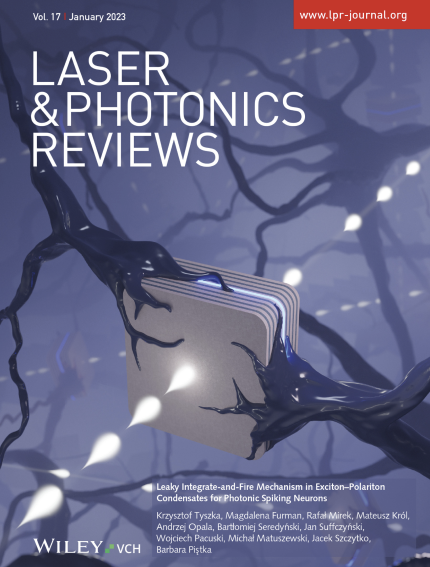
Physicists have developed a new photonic system with electrically tuned topological features. Scientists from the Faculty of Physics at the University of Warsaw in cooperation with the Military University of Technology, the Italian CNR Nanotec, the British University of Southampton and the University of Iceland obtained a new photonic system with electrically tuned topological features, constructed of perovskites and liquid crystals. Their research is published in the latest Science Advances. https://phys.org/news/2022-10-physicists-photonic-electrically-tuned-topological.html
Fotoniczne sztuczne neurony przyszłością sztucznej inteligencji – Polska Akademia Nauk (pan.pl)
Polscy badacze opracowali fotoniczny sztuczny neuron | Nauka w Polsce
Powstanie sztuczny mózg? Polscy naukowcy w laboratorium stworzyli neuron – Geekweek w INTERIA.PL
https://www.polskieradio.pl/10/5366/Artykul/3082075,stacja-nauka-5-grudnia-godz-1204
https://www.rdc.pl/podcast/z-innej-planety_fY7TF0S0caRGGuoABNJe?episode=eJwqyA0vphxS2v3eTxGD
https://www.chip.pl/2022/10/nowy-uklad-fotoniczny-perowskity-polacy
https://www.perovskite-info.com/researchers-use-2d-perovskites-create-new-photonic-system
Scientists from the Faculty of Physics at the University of Warsaw in cooperation with the Military University of Technology, the Italian CNR Nanotec, the British University of Southampton and the University of Iceland obtained a new photonic system with electrically tuned topological features, constructed of perovskites and liquid crystals. You can read about the discovery, that can be used in the creation of efficient and unconventional light sources, in the latest “Science Advances”. https://www.eurekalert.org/news-releases/967967
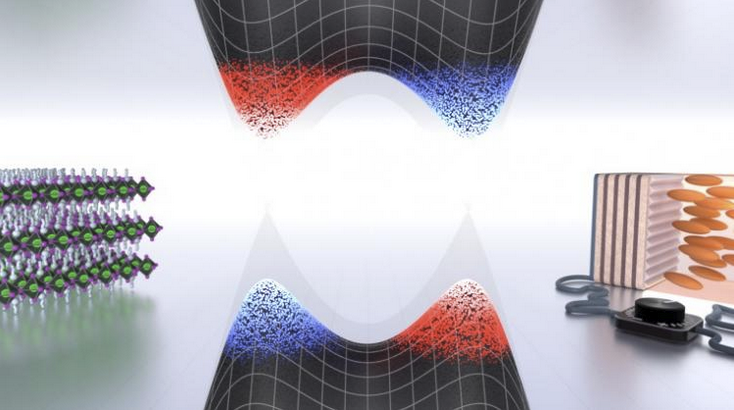
How do artificial massive photons with spin, created within a specially designed optical cavity, emit light? https://www.laserfocusworld.com/science-research/article/14275220/a-tunable-microlaser-that-emits-two-polarized-circular-beams-directed-at-different-angles
https://www.eurekalert.org/news-releases/947409
Physicists from the University of Warsaw co-created a microlaser emitting two circular beams EurekAlert! 23-MAR-2022
Un nouveau microlaser avec deux faisceaux distincts pourrait révolutionner l’IA https://www.fredzone.org/un-nouveau-microlaser-avec-deux-faisceaux-distincts-pourrait-revolutionner-lia
Microlaser emitting two circular beams developed https://optics.org/news/13/3/48
https://naukawpolsce.pl/aktualnosci/news%2C91768%2Cnowy-typ-mikrolasera-o-szerokim-zastosowaniu.html
https://www.eurekalert.org/news-releases/934283
The optical Stern-Gerlach Deflection and Young’s experiment in the reciprocal space EurekAlert! 9-NOV-2021

